RECOMMENDED NEWS
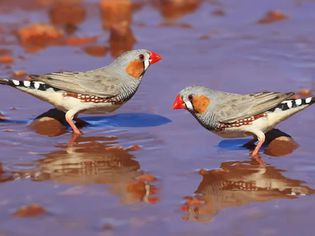
Facts About Finches
Finches are tiny birds, so it can be easy to overlook them. However, these little beauties are amon...
Read More →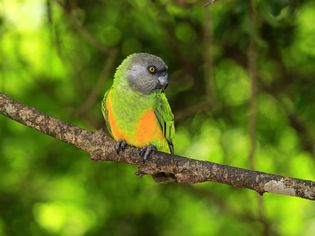
Senegal Parrot: Bird Species Profile
The colorful and relatively small Senegal is remarkably quiet and calm. It can talk and mimic, alth...
Read More →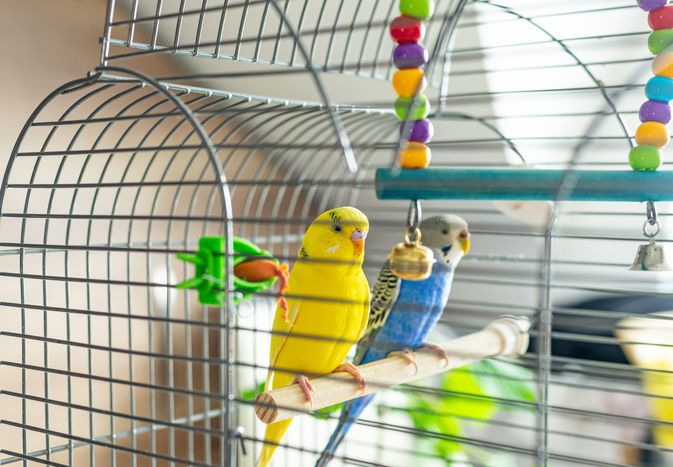
Tips for Maintaining a Clean Bird Cage
Cleaning your bird's cage can at first seem like a tedious chore. With so many bars, cracks, an...
Read More →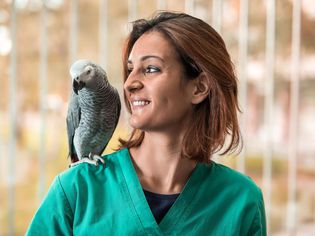
Do Birds Need Annual Vet Visits?
Question: My Budgie, Kipper, is only a year old, and I just adopted him last week. A friend of min...
Read More →
Green-Wing Macaw (Red and Green Macaw): Bird Species Profile
Second in size only to the hyacinth macaw, which is the largest parrot species, the green-wing maca...
Read More →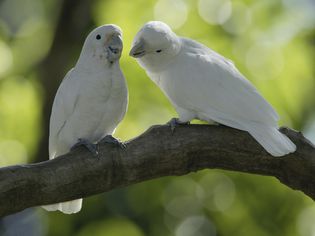
Goffin's Cockatoo: Bird Species Profile
A Goffin's cockatoo is the perfect companion parrot if you have the spare time to devote to it. Thi...
Read More →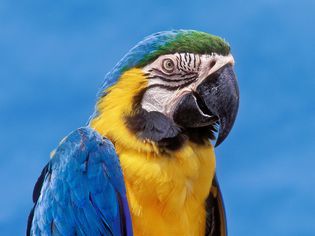
Blue and Gold Macaw: Bird Species Profile
Beautiful, captivating, intelligent, and majestic, blue and gold macaws are one of the most po...
Read More →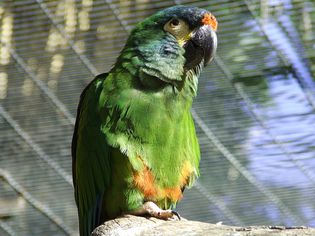
Illiger's Macaw (Blue-Winged Macaw): Bird Species Profile
Beautiful, playful, and charming, the Illiger's macaw has grown in popularity as an easily trainabl...
Read More →
8 Best Trainable Pet Bird Species
If an intelligent, engaging, and trainable pet bird is what you seek, then there are many species o...
Read More →
Comments on "Does Your Bird Need a Beak Trim?" :